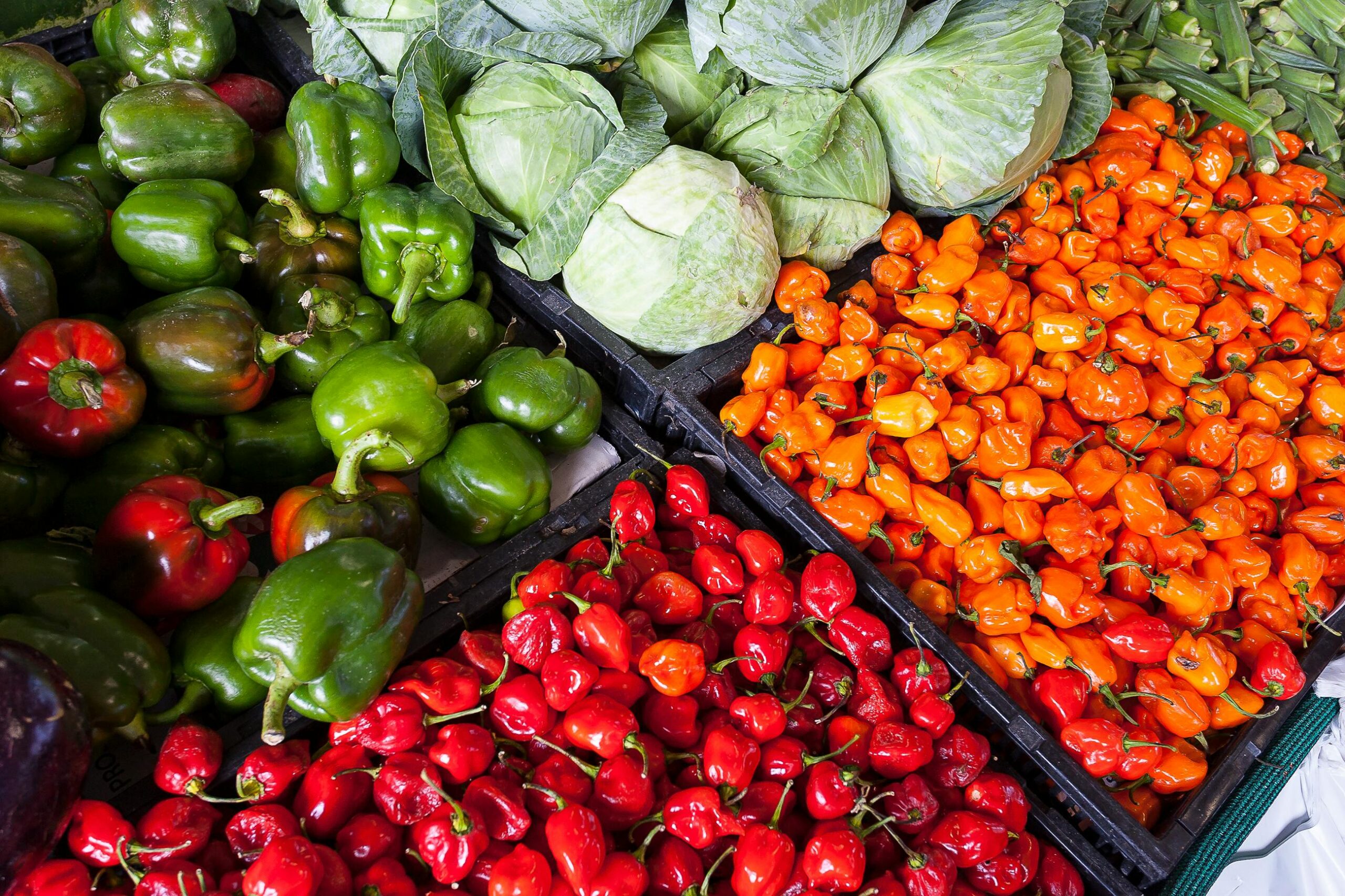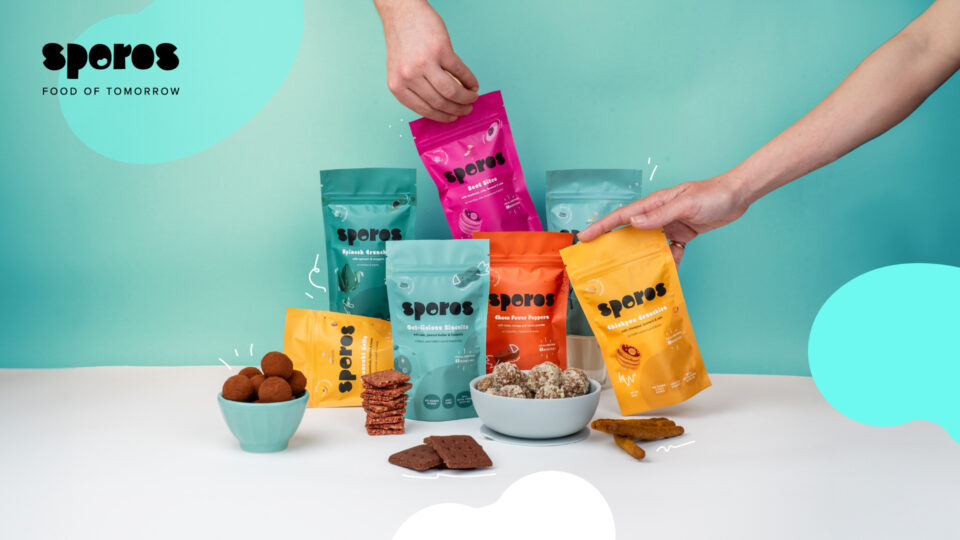
Our lifestyles have changed over the years which has changed our eating patterns. People tend to eat quickly, do not have time to digest their food, spend often more money on their food, and make quick decisions about what they will eat without checking the ingredients their food contains. Due to this global phenomenon, the possibilities of developing a disease – obesity, high blood pressure, high cholesterol, diabetes, IBS, cancer – have increased. Changing a few of your eating habits -even through baby steps- will positively affect your health and improve your overall lifestyle. Just see below how you can start changing a few of your eating habits.
1. Start your day with a healthy breakfast.
Breakfast is considered to be one of the most important meals of the day, especially for young children (1). The body needs it to fill up its energy levels after a long night’s sleep (1) and by skipping breakfast it’s like you leave your body’s batteries uncharged. More specifically, consuming breakfast regularly seems to be correlated to a better overall diet, higher micronutrient intakes, higher fruit and vegetable intakes, and less sugary drinks consumption (1). Treat yourself to a tasty high-in protein, slow-digesting carbs, and “good” fats meal, and let yourself feel nourished from the nutrients it contains. If you don’t have enough time to cook something in the morning, just have a bowl of overnight oats with almond milk, flaxseeds, walnuts, and an apple or pomegranate.

2. Eat more vegetables and fruits.
As the NHS 5 A Day campaign advises, it’s very important to have at least five servings of vegetables and fruits per day to stay healthy. Vegetables and fruits like asparagus, green leaves, green salads, cabbage, kale, spinach, broccoli, tomatoes, cucumber, apples, pomegranate, berries, bananas, apricots, kiwi, melon, strawberries, grapefruit and nectarines are high in antioxidants, vitamins and minerals. Having the required amounts of vegetables and fruits will provide you with the required amounts of nutrients per day, help you top up your water levels, improve your immunity, keep your skin and eyes healthy, fight infection, and keep your bones strong (2). Remember that most vegetables and fruits are low in calories and they come with high amounts of antioxidants and dietary fibre. Thus, they are ideal to improve digestion and increase fiber consumption daily.
3. Add more protein to your diet.
There are lots of people who get confused about the amount of protein they should consume on a daily basis. A sedentary person or an exercise beginner should have between 0.8 – 1 g of protein per body kg per day (3, 4). On the other side, a person who exercises (either endurance or strength training) should have from 1.2 to 1.7 g of protein per body kg per day (3, 4). The amounts for adolescent competitive male athletes can reach up to 2 g per body kg per day, while for females reach up to 1.7 g per body kg per day (3, 4). The protein will help the body to recover quicker, replace the damaged muscle fibers, and avoid stiffness. These amounts might not be that easy to meet for a vegetarian or a vegan athlete, but athletes with these diet patterns should focus on consuming more vegan protein foods such as tofu, hummus, quinoa, pulses, seeds, nuts, and rice and should learn how to better combine their foods so they can receive the required amounts of protein. When different diet patterns are followed, it’s always important to ask the advice of a nutrition expert.
4. Learn how to read the food labels.
Sugars and saturated fatty acids are the main ingredients that affect health and make us gain weight. Unfortunately, most of the ready-made – processed foods are very high in sugars and saturated, trans fatty acids and the more we eat these foods the more we tend to crave them. Chocolate, pizza, sauces, ready-made juices, flavored yogurts, and everything there is ready-made in the supermarkets are usually very high in sugars, saturated and trans fatty acids as well as salt. That’s why it’s very important to learn how to read the food labels and make the right and healthier options when we shop. It’s also very important to keep our fridge organized and have it filled up with vegetables and fruits.
5. Add “good” fats to your diet.
Focus on topping up with “good” fats by adding to your diet nuts – almonds, walnuts, cashews – nut butter, oily fish, extra virgin olive oil, avocados, and seeds like flaxseeds and chia seeds. They are high in omega-3 polyunsaturated fatty acids, which have been shown to help in reducing bad cholesterol (LDL) and increasing good cholesterol (HDL), to reduce the possibility of developing cardiovascular diseases, arthritis, high blood pressure, and skin conditions, and to improve concentration and boost immunity (2, 5).
Food should be the body’s medicine and give people the required energy to function well every day. The combination of a bad diet with a lack of exercise can affect both health and immunity. Despite this, it’s never too late to make a life change for the better. Making these little changes to your diet will make you feel healthier and full of energy while you can try to experience new flavors and healthier recipes. Give it a try you will see it was worth it!
This article was written by our sports nutritionist, Anna-Maria who is from Athens, Greece. Please contact us to book her expertise.
References
1. Gibney, M. J., Barr, S. I., Bellisle, F., Drewnowski, A., Fagt, S., Livingstone, B., Masset, G., Moreiras, G. V., Moreno, L. A., Smith, J., Vieux, F., Thielecke, F., and Hopkins, S. (2018). Breakfast in Human Nutrition: The International Breakfast Research Initiative. Nutrients, 10 (5), 1-12.
2. Hark, L. and Deen, D. (2005). Nutrition for life. The definitive guide to eating well for good health. United Kingdom: Dorling Kindersley.
3. American Dietetic Association, Dietitians of Canada, and the American College of Sports Medicine (2009). Nutrition and athletic performance. Med and Sci in Sports and Exer, 41 (3),709 – 731.
4. Burke, L. (2007). Practical Sports Nutrition. United States of America, USA: Human Kinetics.
5. Covington, M. B. (2004). Omega-3 fatty acids. American Family Physicians, 70 (1), 133 – 140.
Anna-Maria Volanaki
See more here: www.healthnutritionist.co.uk






